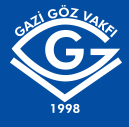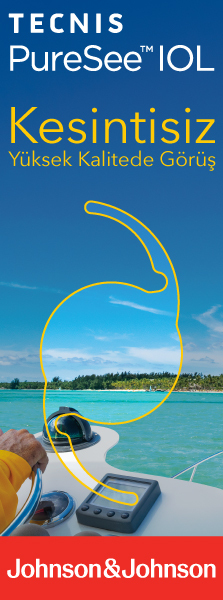Materials and Methods: We retrospectively reviewed 60 patients with chronic CSCR patients who underwent half fl uence- full dose (group 1, 30 patients) or half dose- full fl uence (group 2, 30 patients). The best corrected visual acuity (BCVA), central macular thickness (CMT), subfoveal choroidal thickness (SFCT), serous retinal detachment (SRD) and retina pigment epithelial detachment (PED) were compared between the groups at baseline, on months 1, 3, 6 and 12 during follow-up.
Results: The mean follow-up duration was 12 months in both groups. The mean number of repeated PDTs following fi rst PDT was 0.48 ± 0.20 (range, 0-2) in the group 1 and 1.09 ± 0.80 (range, 0-3) in the group 2 during 12-months follow-up (p = 0.031). In Group 1, BCVA was increased from 0.69 ± 0.28 logMAR (logarithm of the Minimum Angle of Resolution) at baseline to 0.20 ± 0.18 logMAR on month 12 (p <0.001). The CMT was decreased from 380.26 ± 104.77 ?m at baseline to 267.86 ± 73.95 on month 12 (p <0.001). The SFCT was decreased from 274.60 ± 38.53 ?m at baseline to 236.10 ± 37.09 ?m on month 12 (p = 0.002) while SRD showed a statistically signifi cant decrease during follow-up when compared to the baseline (p <0.001). In group 2, the BCVA was increased from 0.66 ± 0.33 logMAR at baseline to 0.17 ± 0.16 logMAR on month 12 (p <0.001). CMT was decreased from 355.93 ± 101.74 ?m at baseline to 258.03 ± 66.28 ?m on month 12 (p <0.001). SFCT was decreased from 274.40 ± 16.06 ?m at baseline to 254.50 ± 28.12 ?m on month 12 (p<0.001) while SRD showed a statistically signifi cant decrease during follow-up compared to the baseline (p <0.001). On month 12, there was no statistically difference between the groups regarding SRD (p=0.752). In both groups, no statistically signifi cant change was observed in PED during the follow-up when compared to the baseline (p> 0.05). In the study, number of PDTs were increased by decreasing doses administered in PDT (r = -0.339, p = 0.008). In both groups, no PDT-related complication was observed.
Conclusion: Both half fl uence-full dose and half dose-full fl uence PDT were effective in the treatment of chronic CSCR. No signifi cant difference was observed in visual or anatomical outcomes between groups. Although no systemic complications developed depending on the PDT dose, the number of relapses increased by reducing amount of doses. amount decreased. Based on these results, we observed that the number of PDT relapses can be related to the dose amount.
Keywords : Chronic central serous chorioretinopathy, Photodynamic therapy, Optical coherence tomography




